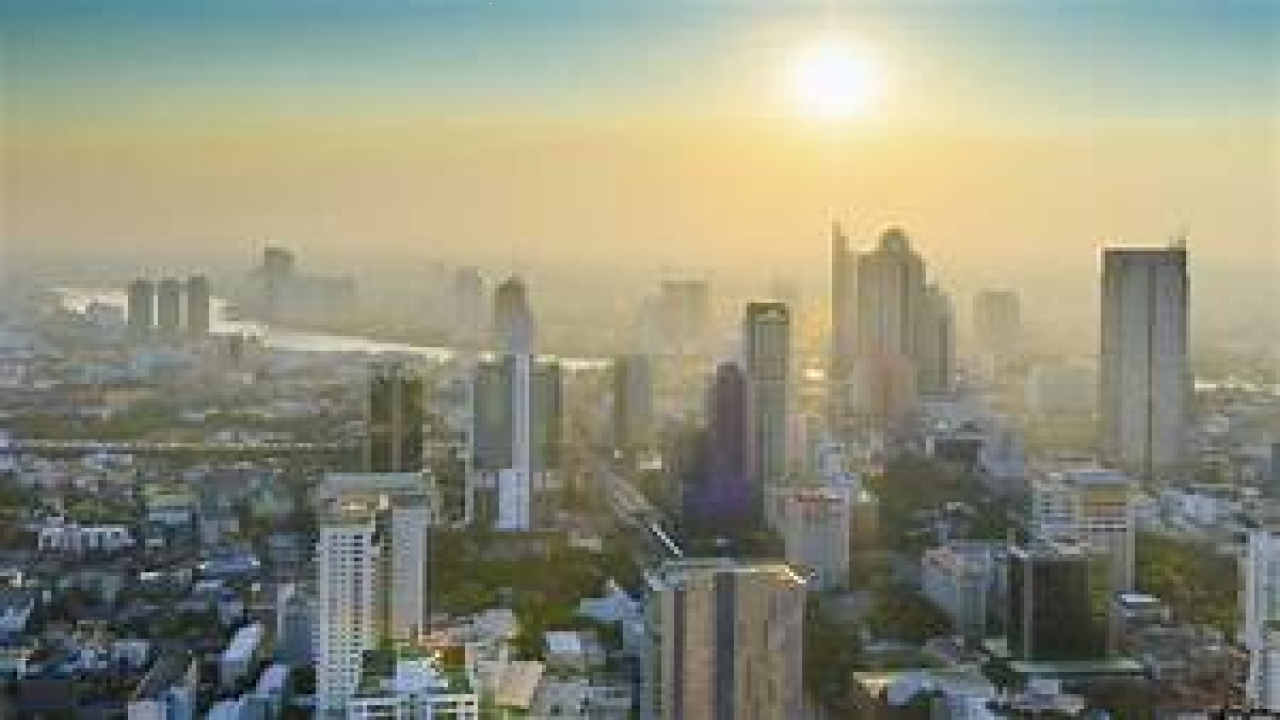Urban Development
Urban development refers to the growth and evolution of cities and towns over time. Urban development has been a significant part of human history, with cities serving as centers of trade, culture, and political power. Over time, urban development has taken on various forms and patterns, based on factors such as geography, technology, and social organization.
History of Urban Development
Urban development has been a part of human history for thousands of years. The earliest cities developed in Mesopotamia, Egypt, and the Indus Valley around 4000 BCE. These cities were centers of trade and culture, and were characterized by the development of writing, architecture, and religion.
In ancient Greece and Rome, urban development took on a new level of sophistication. Greek cities were designed around a central marketplace or agora, while Roman cities were based on a grid pattern with a central forum. These cities were centers of political power, with public buildings and monuments designed to showcase the wealth and prestige of the ruling class.
During the Middle Ages, urban development in Europe was characterized by the growth of towns and cities around castles and fortifications. These cities were centers of trade and commerce, with guilds and merchant associations playing a significant role in their development.
In the modern era, urban development has been shaped by factors such as industrialization, immigration, and globalization. The growth of industrial cities in the 19th and 20th centuries led to the development of new patterns of urbanization, such as suburbanization and the growth of megacities.
Types of Urban Development
Urban development can be classified into various types based on their form and function. Some of the common types of urban development are:
- Compact Cities: These cities are characterized by a high population density and a mix of land uses, with residential, commercial, and industrial areas in close proximity. This type of development is often associated with sustainable urbanism, as it promotes walkability, public transit, and the efficient use of resources.
- Sprawl: In this type of development, cities spread outwards in a low-density pattern, with residential areas separated from commercial and industrial areas. This type of development is often associated with automobile dependence and environmental degradation.
- New Urbanism: New urbanism is a design movement that seeks to create walkable, mixed-use communities that promote social interaction and environmental sustainability. This type of development is often characterized by a focus on pedestrian-friendly streets, public spaces, and green infrastructure.
Examples of Urban Development
There are many examples of urban development around the world, each with their own unique characteristics and history. Some notable examples include:
- Paris, France: Paris is one of the world’s most famous cities, known for its iconic architecture, cultural institutions, and urban parks. The city is characterized by a dense urban core, with a mix of historic buildings and modern skyscrapers.
- Tokyo, Japan: Tokyo is one of the world’s largest cities, with a population of over 37 million people in the metropolitan area. The city is characterized by a mix of traditional and modern architecture, with a focus on high-density development and efficient transportation systems.
- Brasília, Brazil: Brasília is a planned city designed in the 1950s as a new capital for Brazil. The city is characterized by its modernist architecture, with a focus on functionalist design and a separation of residential, commercial, and administrative areas.
Issues Facing Urban Development
Urban development faces a variety of challenges that can impact their sustainability and livability. Some of the common issues facing urban development include:
- Overcrowding: Many cities around the world are experiencing overcrowding, with high population densities leading to issues such as traffic congestion , air pollution, and inadequate housing.
- Economic Inequality: Urban development can exacerbate economic inequality, with high-income areas often located in close proximity to low-income areas. This can lead to social segregation and limited access to public services and amenities.
- Environmental Degradation: Urban development can have a significant impact on the environment, with issues such as air pollution, water pollution, and climate change being major concerns.
- Infrastructure: Many cities around the world lack basic infrastructure such as adequate public transportation, affordable housing, and access to healthcare and education. This can lead to social and economic inequality and limit the livability of urban areas.


